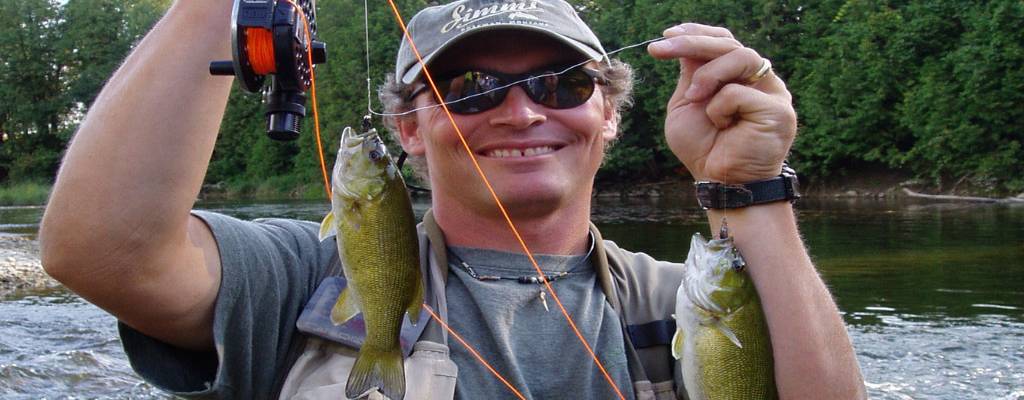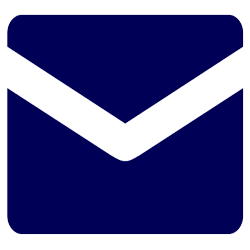
Double the Odds
by Steve May - Originally published in Real Fishing Magazine - July 10, 2009
Two flies are better than one. Research conducted by guides fly fishing guides has found that fishing with two flies resulted in more than twice as many hook-ups compared to fishing with one offering. When it is legal, I commonly have more than one fly on the end of my line.
Fishing with multiple flies is not new. In Britain using multiple flies is the norm. I have heard about anglers using up to a dozen flies at the same time! Talk about a bird’s nest waiting to happen. From my experience, the most comfortable rigs to run involve two or sometimes three flies on a cast.
Rigging multiple fly set-ups is pretty simple. Many anglers tie flies on a long tag end on their tippet knot. I usually tie a short piece of line to the bend of the hook and put the additional fly on the end of this line. Whatever method you use, it is best to slow down your casting stroke and open up your casting loop a bit to avoid the hooks colliding in mid air resulting in a good tangle that will cost you fishing time.
Using multiple flies is useful when figuring out what the fish might be taking. Running different colors, styles and sizes of flies really helps to home in on the pattern of the day.
A “Dry & Dropper” rig is a standard set-up for many trout anglers. This rig sees a dry fly acting as a strike indicator for a nymph below. Fish can choose whether they want to eat on the surface or down below. Small flies can be supported by a standard dry fl y, but heavy nymphs often require a buoyant foam hopper type contraption. Many anglers use a heavy nymph that is basically a weight with a hook and a tiny trailing nymph. The nymphs usually catch the most fish, but bonus fish that whack the dry fly are worth it.
For bass anglers a “Popper-Dropper” approach works well. Fish are attracted by the popper with the bonus of having shy fish suck in the trailing nymph or leech. Steelhead and trout anglers often employ a pair of nymphs or egg patterns below the surface. This works well to see what mood fish are in. Using a pair of nymphs or a nymph and egg pattern will result in more hook ups if you are prepared for a couple more break offs. Another good rig for steelheading is trailing an egg pattern behind a big wet fly - on most days the egg out fishes the attractor pattern. I think that the larger fl y draws in the fish and the smaller one seals the deal.
Another added bonus of multiple fl y rigs is multiple fish. Several times I have hooked up to a pair of big smallmouth or trout. Usually, this results in losing one or both fish, but it is fun trying. When targeting smaller bass, crappies or even chubs and shiners, landing multiple fish at the same time is common and can add spice to a day. Three crappies on the end of a light fly rod will really test it! I have found that sometimes the best action for a fly can be having a fish hooked to another fly on the leader. Next time out when considering what fly to use, consider tying on multiple flies. You could be having more than twice as much fun on the river.
When one fly is not enough... try two!
< Back to Articles





